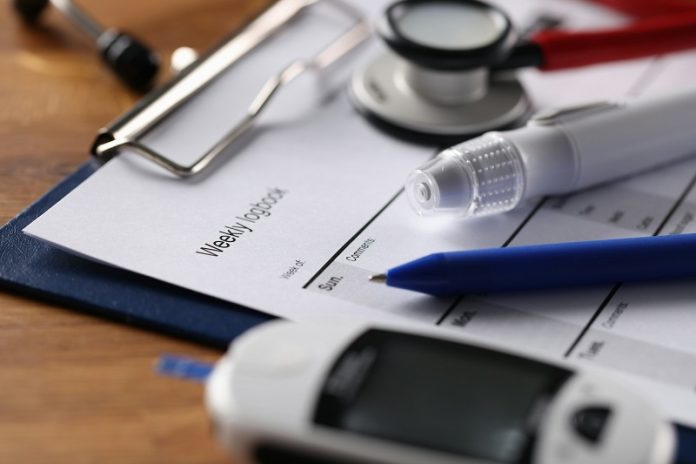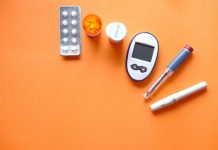
Diabetes, a condition where the body struggles with managing blood sugar, often stays hidden until it causes serious health issues.
This is partly because spotting it early is tricky and involves time-consuming tests.
Now, a team led by Associate Professor Dr. Johannes Dietrich from Ruhr University Bochum, Germany, has developed a simpler and cheaper way to diagnose diabetes early.
They’ve introduced a method that only needs two blood sample values, according to their study published in the Journal of Diabetes in January 2024.
Currently, a big problem is that many people with diabetes don’t know they have it. As Dr. Dietrich notes, about 30% of those with diabetes are undiagnosed and untreated.
This lack of early detection is because the disease gradually develops, and existing tests aren’t sensitive or specific enough. They can miss early diabetes or sometimes indicate diabetes when it’s not there.
To tackle this, Dr. Dietrich and his international team from Germany, India, Singapore, and the UK have come up with a new early detection method. It’s called SPINA Carb, and it’s all about math.
The process is straightforward: a blood sample is taken before breakfast, and two specific values are measured – the insulin and glucose levels. These values are then plugged into an equation that represents the body’s sugar control system.
The result of this calculation is what they call a “static disposition index” (SPINA-DI). This number gives a clearer picture of how the body is handling sugar.
The team’s computer simulations showed that SPINA-DI aligns with the theory of “dynamical compensation.”
This theory suggests that when someone has insulin resistance (a key feature of diabetes), their pancreatic beta cells work harder to make up for it. This was backed up by a study involving volunteers from the USA, Germany, and India.
In all these groups, the SPINA-DI matched up with other important signs of how the body deals with sugar, like the response to a glucose tolerance test.
What’s really impressive is that SPINA-DI turned out to be more reliable than other ways of measuring glucose metabolism. This means it can give a more accurate diagnosis of diabetes.
The big takeaway from this research is that we now have a method that’s not only affordable but also precise and dependable.
It has the potential to complement or even replace the more complex methods currently used to diagnose diabetes. This could be a game-changer, making it easier and quicker to catch diabetes early, before it causes major health problems.
If you care about diabetes, please read studies about high vitamin D level linked to lower dementia risk in type 2 diabetes, and this eating habit could help reduce risk of type 2 diabetes.
For more information about nutrition, please see recent studies about unhealthy plant-based diets linked to metabolic syndrome, and results showing Mediterranean diet could help reduce the diabetes risk by 30%.
The research findings can be found in Journal of Diabetes.
Copyright © 2024 Knowridge Science Report. All rights reserved.



